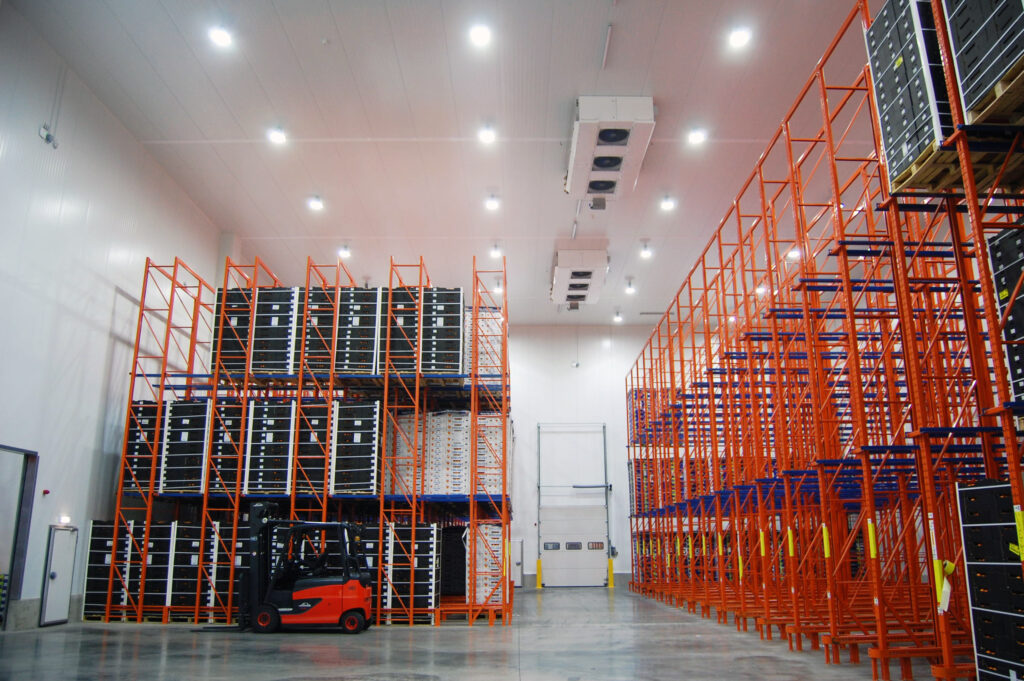Shedding Light on Savings – The Cost-Efficiency of Warehouse LED Lighting Solutions
In the ever-evolving landscape of industrial facilities, optimizing operational efficiency and reducing costs are paramount. Among the various avenues for improvement, upgrading warehouse lighting systems to energy-efficient LED solutions stands out as a key strategy. The transition to LED lighting not only illuminates spaces more effectively but also offers substantial cost savings in the long run. Traditional lighting systems, such as fluorescent or high-intensity discharge HID lamps, have long been the standard in warehouse environments. However, advancements in LED technology have rendered these older systems outdated. LED lighting boasts numerous advantages that contribute to significant savings and improved sustainability. LED lights consume significantly less electricity compared to traditional alternatives, translating into immediate and substantial cost savings on energy bills. The efficiency of LEDs arises from their ability to convert a higher percentage of energy into visible light, minimizing wasted energy in the form of heat. This not only reduces electricity consumption but also lowers the overall cooling load within the facility, further trimming operational costs.
Beyond energy savings, LED lighting systems have a longer operational lifespan compared to traditional alternatives. Traditional bulbs often need frequent replacements, leading to increased maintenance costs and downtime. LEDs, on the other hand, can last up to 25,000 hours or more, reducing the frequency of replacements and associated labor costs. This extended lifespan not only saves on maintenance expenses but also enhances overall operational efficiency by reducing disruptions caused by frequent bulb changes. One of the primary factors driving the adoption of LED lighting in warehouses is its energy efficiency. Moreover, LED lighting solutions offer superior light quality and distribution, creating a well-lit and visually comfortable environment within warehouses. This improved visibility enhances safety and productivity among warehouse staff, reducing the likelihood of accidents and errors. In turn, a safer working environment contributes to long-term cost savings by minimizing the potential for workplace injuries and associated liabilities. The adaptability of lights for storage also plays a crucial role in its cost-efficiency. LED systems can be easily integrated with smart lighting controls and sensors, allowing for precise management of illumination based on occupancy, natural light levels, or specific operational needs.

This level of control ensures that lighting is only used when and where it is needed, further optimizing energy consumption and reducing unnecessary costs. While the initial investment in LED lighting may seem higher than traditional alternatives, the long-term cost savings outweigh the upfront expenses. Various government incentives, rebates, and tax credits for adopting energy-efficient technologies can further offset the initial costs, making the transition to LED lighting even more financially attractive for warehouse operators. The cost-efficiency of warehouse LED lighting solutions is a multifaceted benefit that encompasses energy savings, reduced maintenance costs, improved safety, and enhanced operational efficiency. The long-term economic advantages, coupled with the positive environmental impact, position LED lighting as a compelling choice for warehouses looking to streamline operations and stay ahead in a competitive landscape. As technology continues to advance, the case for embracing LED lighting becomes not just a matter of cost but a strategic investment in the sustainable future of industrial facilities.
...